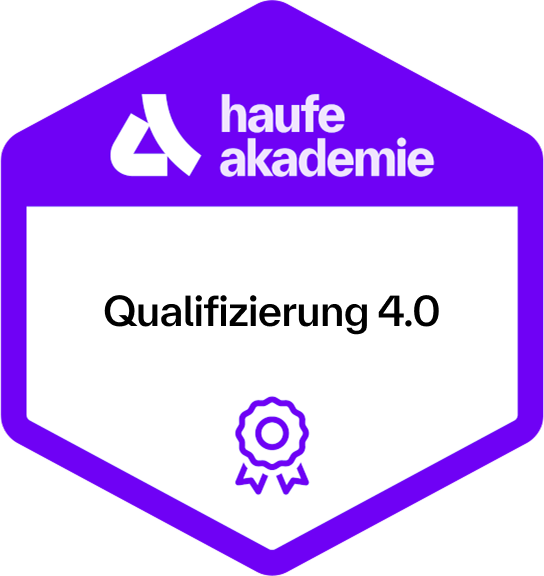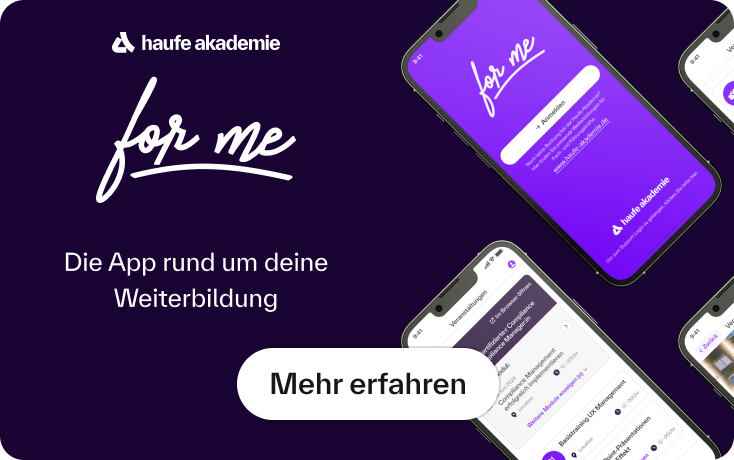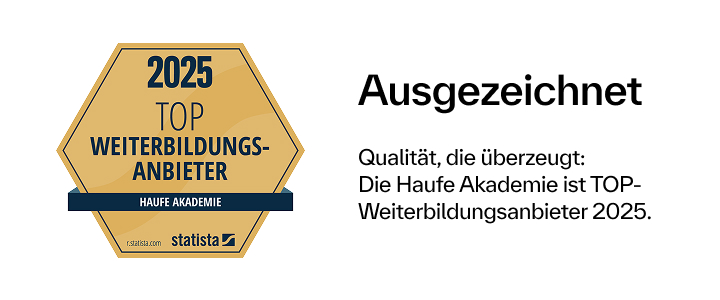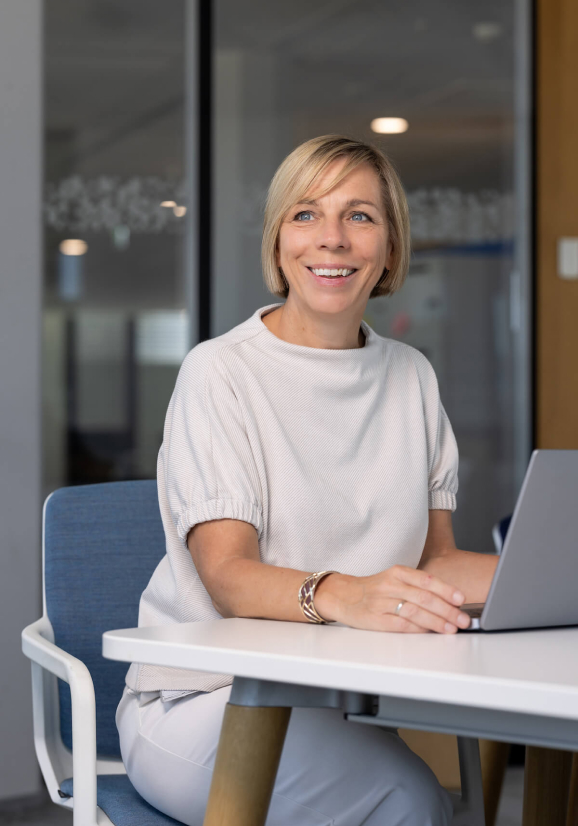Circular Economy – Kreislaufwirtschaft verstehen
Nachhaltigkeit verankern und Potenziale ausschöpfen

Inhalte
Kontext der Kreislaufwirtschaft
- Fact Check Klimakrise/Ressourcenkrise.
- Lineare vs. Zirkuläre Wirtschaft.
- Kreislaufwirtschafts-Aktionsplan der EU.
Prinzipien der Kreislaufwirtschaft
- Cradle to cradle - die Philosophie der Kreislaufwirtschaft.
- Zirkuläre Best Practices.
- Zirkuläre Geschäftsmodelle - Tools und Instrumente.
Anwendungsfelder der Kreislaufwirtschaft
- Kreislaufwirtschaft Case Study - Amsterdam Airport Schiphol.
- Circular Mindset - Wie sieht die Wirtschaft im Jahr 2040 aus?
Wissenstransfer und Anwendung im Unternehmen
- Interaktiver Workshop zur Erarbeitung von Potenzialen mithilfe von Design-Thinking-Tools.
- Konzept der Circular Economy für eine zirkuläre Transformation auf die eigene Organisation übertragen.
Lernumgebung
Dein Nutzen
- Du gewinnst einen Überblick über die inspirierende Welt der Circular Economy.
- Du verstehst, worin die Wirksamkeit und der Nutzen der Kreislaufwirtschaft liegen.
- Du erarbeitest die ökonomischen und ökologischen Vorteile, die mit zirkulären Geschäftsmodellen erzielt werden können.
- Du erkennst konkrete Anknüpfungspunkte in deiner Organisation, um Kreislaufwirtschaft zu integrieren.
- Du erlernst Werkzeuge für einen zirkulären Transformationsprozess und kannst dadurch deinem Unternehmen einen Vorsprung gegenüber der Konkurrenz verschaffen.
Methoden
Impulsvorträge, interaktive Workshops, Erfahrungsaustausch und Diskussion, Case Study: Analyse eines Best Practices.
Tool
Empfohlen für
Fach- und Führungskräfte aus Linienfunktionen, Nachhaltigkeitsbeauftragte, Nachhaltigkeitsmanager:innen, Projekt-, Prozess-, Qualitäts- und Change-Manager:innen. Alle Personen, die das Unternehmen in der Transformation zu mehr Nachhaltigkeit begleiten und die Potenziale voll ausschöpfen wollen. Relevant für alle Branchen.
Weitere Empfehlungen zu „Circular Economy – Kreislaufwirtschaft verstehen“
Starttermine und Details

Mittwoch, 11.02.2026
09:00 Uhr - 17:00 Uhr
Donnerstag, 12.02.2026
09:00 Uhr - 17:00 Uhr


Montag, 27.04.2026
09:00 Uhr - 17:00 Uhr
Dienstag, 28.04.2026
09:00 Uhr - 17:00 Uhr
- ein gemeinsames Mittagessen pro vollem Seminartag,
- Pausenverpflegung und
- umfangreiche Arbeitsunterlagen.

Dienstag, 29.09.2026
09:00 Uhr - 17:00 Uhr
Mittwoch, 30.09.2026
09:00 Uhr - 17:00 Uhr
- ein gemeinsames Mittagessen pro vollem Seminartag,
- Pausenverpflegung und
- umfangreiche Arbeitsunterlagen.
 4,6
4,6







